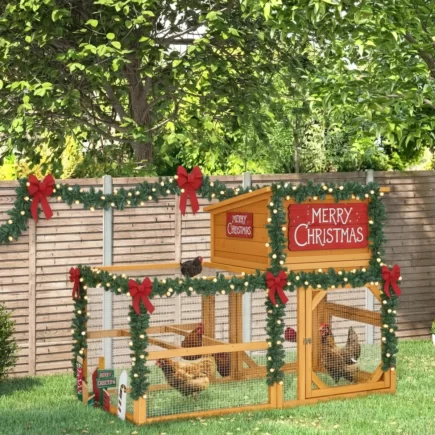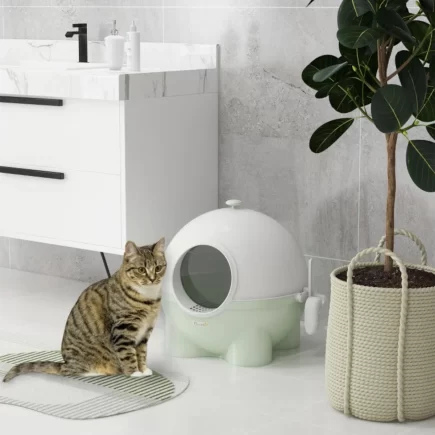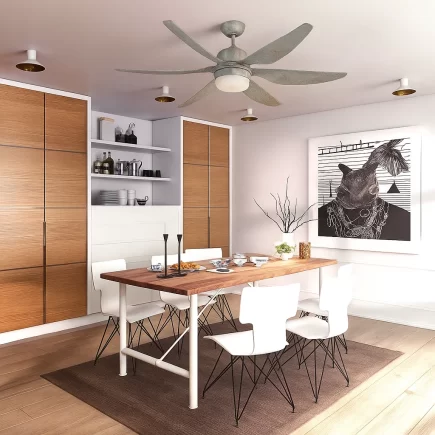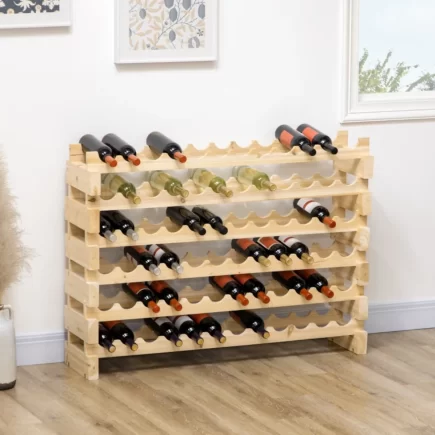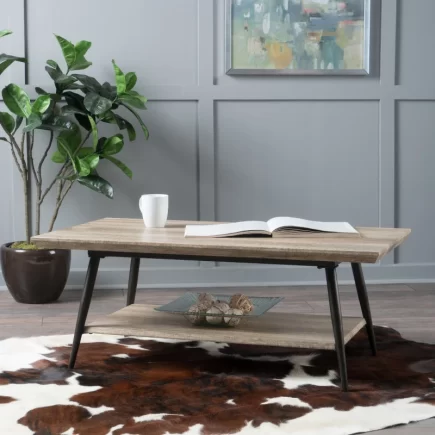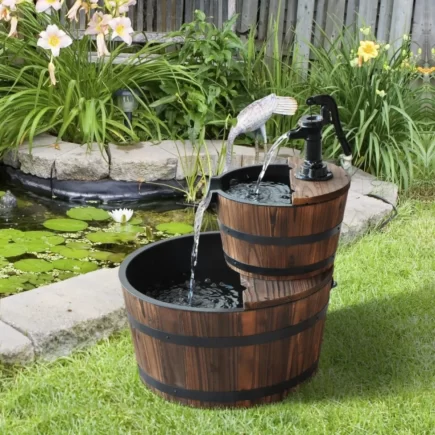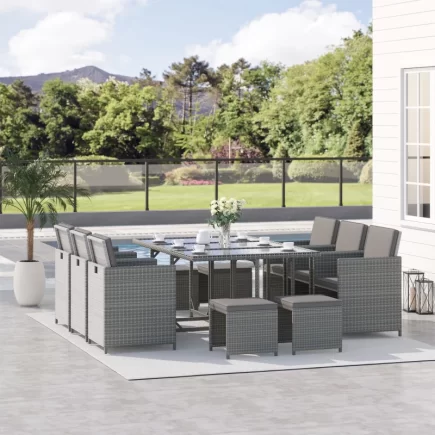Air fryers have changed the way people cook at home. Once seen as a trend, they are now a staple appliance thanks to their ability to deliver fast, healthier meals with a crispy finish. By circulating hot air instead of relying on oil, they replicate the texture of fried food while reducing fat and calories.

But with so many models available, different sizes, styles, and features, it can feel overwhelming to select the right one. This guide breaks down every factor you need to consider so you can confidently choose an air fryer that matches your household size, cooking habits, and kitchen space.
1. Match the Capacity to Your Household
Capacity should be your first consideration. A fryer that’s too small will frustrate you, while one that’s oversized wastes energy and counter space.
| Household Size | Recommended Size | Best Use |
| 1–2 people | 2–3 quarts | Snacks, sides, small meals |
| 3–4 people | 4–6 quarts | Family dinners, pizza, fries |
| 5+ people | 6–8 quarts or dual-basket | Whole chicken, large batches, multiple foods at once |
Tip: If you host often, a larger or dual-basket model is worth the investment.
2. Types of Air Fryers
Air fryers come in different styles, each offering unique benefits. Some are compact for quick meals, while others are larger and multi-functional. Knowing the main types helps you choose the airfryer model that best fits your cooking habits.
Basket-Style Air Fryers
Compact and simple, these are the most common. They’re great for everyday meals and fit easily on countertops.
Dual-Basket Air Fryers
Offer two independent cooking zones. Ideal for cooking separate foods at once with different times and temperatures.
Oven-Style Air Fryers
Look like toaster ovens and are more versatile. They can air fry, bake, broil, and sometimes include rotisserie functions. They require more counter space but can replace multiple appliances.
3. Cooking Performance and Technology

Temperature Range
Look for at least 180°F–400°F for flexibility across recipes. A wider range allows you to do more, like low-temp dehydrating or high-temp searing, making the fryer more versatile.
Wattage
Most range from 1,200–1,700 watts. Higher wattage improves performance with larger batches and helps maintain heat when the basket is full, reducing undercooked spots.
4. Ease of Use and Controls
A fryer should make cooking simpler, not harder.
- Manual Controls: Basic dials for time and temperature. Reliable but less precise.
- Digital Controls: Touchscreens with timers and temperature displays. Offer accuracy and often multiple presets.
- Presets: Convenient programs for common foods like fries, chicken, or fish.
- Extra Features: Viewing windows, lights, and alarms help monitor progress without opening the fryer.

5. Ease of Cleaning
Cleaning should be quick and straightforward.
- Dishwasher-Safe Parts: Removable baskets and trays that can be cleaned easily.
- Non-Stick Coatings: Prevent food from sticking and reduce scrubbing.
- Avoid Mesh Baskets: They trap grease and crumbs, making them harder to clean.
- Maintenance Tip: Wipe down the inside after each use to keep performance consistent.

6. Build Quality and Durability
Durability ensures your fryer lasts with frequent use.
- Stainless Steel vs. Plastic: Steel looks modern and lasts longer, while plastic is lighter and cheaper but less durable.
- Coating Quality: Choose PFOA-free, long-lasting non-stick coatings.
- Warranty & Brand: A solid warranty and a trusted brand signal better quality.
7. Safety Features You Shouldn’t Overlook
Safety is non-negotiable with high-heat appliances.
- Auto Shut-Off & Overheat Protection: Prevent burning and protect components.
- Cool-Touch Housing & Handles: Reduce burn risks during use.
- Non-Slip Feet: Keep the fryer stable during cooking.
8. Family-Friendly Features and Versatility
For busy households, versatility is key.
- Cooking Large Meals: Bigger models can roast a whole chicken or bake a pizza in one batch.
- Multi-Function Cooking: Oven-style models can also bake, toast, or dehydrate.
- Dual-Basket Syncing: Lets both baskets finish at the same time for complete meals.

9. Design and Countertop Fit
Practical fit and appearance matter in daily use.
- Compact Models: Perfect for apartments or small kitchens.
- Larger Units: Take up more space but can replace other appliances.
- Aesthetic Appeal: Stainless steel or matte finishes blend with most kitchen decor.

10. Accessories and Add-Ons
Accessories expand cooking possibilities.
- Rotisserie Kits: Roast whole chickens or skewered meats.
- Layered Racks: Cook multiple portions or dehydrate fruits.
- Baking Pans: For cakes, muffins, or casseroles.
- Grill Plates: Create sear marks on meats and vegetables.
Tip: Start with the basics, add extras only if you’ll use them.
Choosing the right Air Fryer comes down to identifying your needs. Start with capacity, then consider type, cooking performance, ease of cleaning, and safety. From there, think about versatility, design, and accessories that make cooking easier.
Final Checklist Before You Buy:
- Does the size fit your household?
- Which type, basket, dual-basket, or oven-style, matches your cooking habits?
- Are the controls simple and user-friendly?
- Is it easy to clean and made from durable materials?
- Does it include essential safety features?
- Will it fit your kitchen space comfortably?
- Does it provide the versatility and add-ons you’ll actually use?
FAQs
1. Can an air fryer completely replace a traditional oven?
For small to medium meals, yes. Air fryers preheat faster and cook quicker than ovens. However, for large roasts, casseroles, or baking multiple trays at once, a full oven is still more practical.
2. Is it worth paying extra for a smart air fryer with app controls?
Smart features are convenient for remote monitoring and recipe guidance, but they don’t affect cooking quality. If you value convenience, they’re worth it, but they’re not essential.
3. Is buying a larger air fryer always better?
Not necessarily. Bigger models take more counter space and may be inefficient for small meals. The best choice is one that matches your typical serving size.
4. How loud are air fryers compared to other appliances?
Air fryers make a fan-like noise, similar to a microwave or vent hood. Some premium models are engineered for quieter operation, which can be important in open kitchens.



